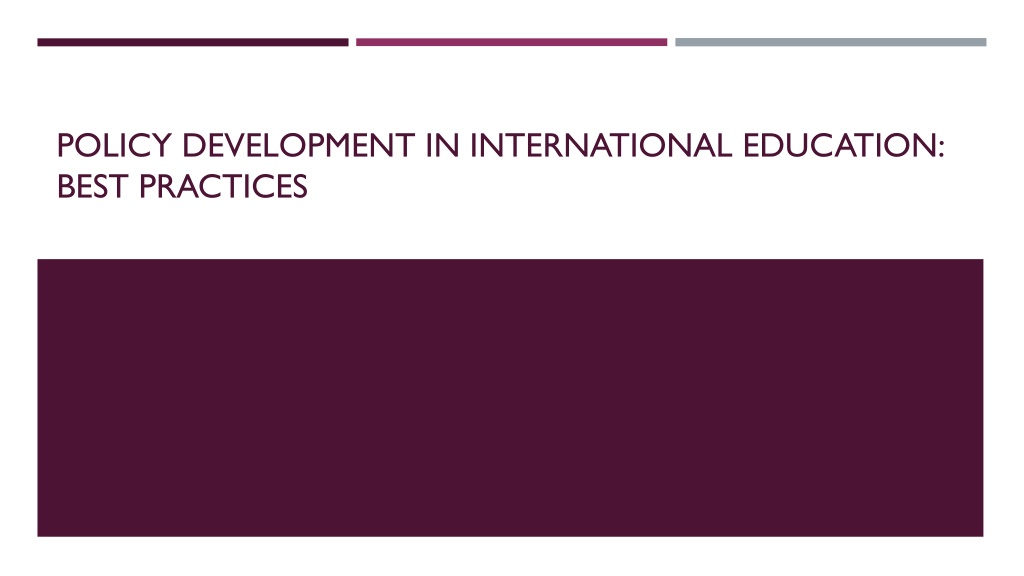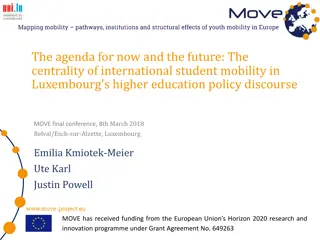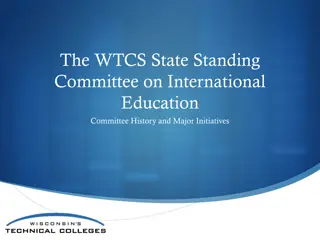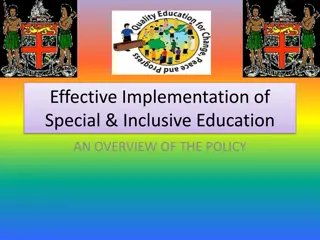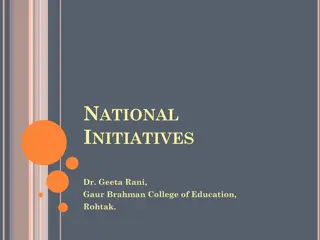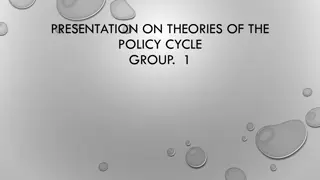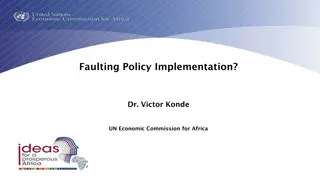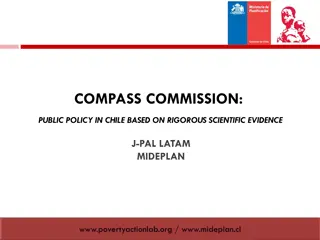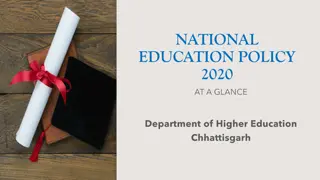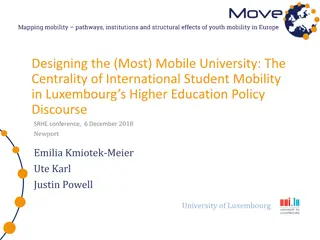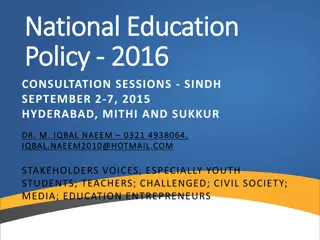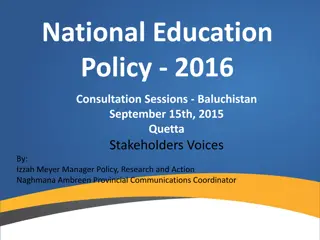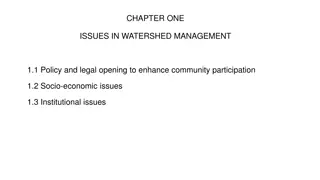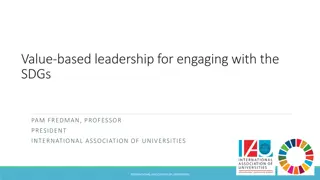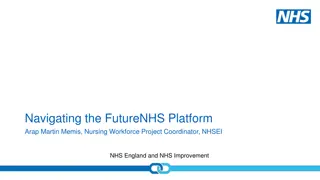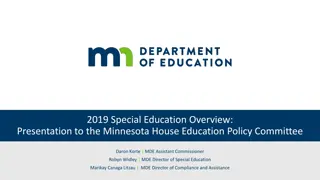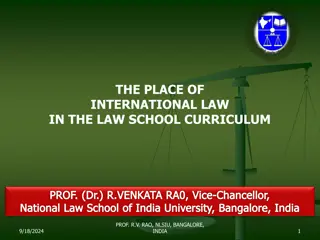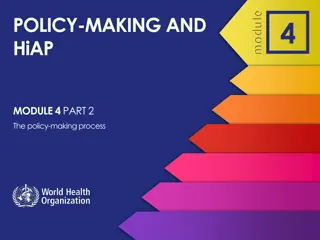Best Practices in International Education Policy Development
International education policy development involves minimizing institutional risks, solving common problems proactively, standardizing practices, and ensuring fair protocols. Key areas include visa sponsorship, payment requirements, and regulatory interpretation. Stakeholder collaboration and periodic assessment are crucial in the policy development process.
Download Presentation

Please find below an Image/Link to download the presentation.
The content on the website is provided AS IS for your information and personal use only. It may not be sold, licensed, or shared on other websites without obtaining consent from the author. Download presentation by click this link. If you encounter any issues during the download, it is possible that the publisher has removed the file from their server.
E N D
Presentation Transcript
POLICY DEVELOPMENT IN INTERNATIONAL EDUCATION: BEST PRACTICES
PRESENTERS Robin Catmur, Director, Immigration Services, UGA Heather Housley, Director, International Student and Scholar Services, GSU Katie Tudini, Assistant Director, GA Tech
WHY? Minimize risk to the institution Solve common problems before they happen Standardize practices across the office Stop advisor shopping by students/scholars Fair application of protocols and procedures Other?
AREAS CONDUCIVE TO POLICY DEVELOPMENT Visa Sponsorship Categories Payment Requirements Timeframes to Process Regulatory and Statutory Interpretation Office management and expectations
AREAS NOT CONDUCIVE TO POLICY DEVELOPMENT Clear regulatory standards Areas that allow some flexibility of processing Areas that require creativity and innovation Unique one-off situations that would rarely if ever happen Other?
PROCESS TO DEVELOP A SPECIFIC POLICY Determine who owns the area of responsibility Define the problem / situation Meet with stakeholders / collaborators to get feed back and perspective These perspectives will usually require negotiations or modifications Plan and agree on implementation Timeline Method Enforcement ? Plan to re-visit and assess periodically (regulations and laws change; institutional priorities change....
EXAMPLE #1 - UGA Visa Sponsorship overall policies OIE clearly owned this area of responsibility, based on office history. Confirmed with HR and Legal Affairs, though. We needed to have a consistently applied standard when evaluating whether a sponsorship could occur, and what category was most appropriate Reviewed institutional mission statement; met with senior administrators to determine priorities (including HR, Academic Affairs, Faculty Affairs, OVPR, Admissions In this case, they pretty much all happily accepted our recommendations (advantage if you are seen as the expert, in addition to the owner ) Enforcement was an issue we are an advisory office, so we have little enforcement ability with a few exceptions, dictated by State and Federal laws Reviews happen in ongoing fashion based on regulatory and statutory revisions
EXAMPLE #2 - GSU Reduced Course Load (RCL) Pregnancy Huge variance in practice across institutions on this topic! Need for policy, and its revisions, created by individual cases Always want to be sympathetic, but policy enables consistency and fairness Students talk, and bring expectations when transfer from other institutions Policy created and revised during weekly DSO Roundtables in ISSS Necessary to bring into alignment with GPC post- consolidation Policy posted online at http://isss.gsu.edu/about/policies/
EXAMPLE # 3 -TECH Curricular Practical Training Policies GT has a long-standing and respected Cooperative Education Program. We partner with them to assist students in seeking COOP s and internships and rely on them to vet for educational alignment and quality. GT s CPT policies are well developed and reviewed periodically between OIE & Center for Career Discovery & Development (C2D2) Transfers, COL students, COM students, start and end dates, Practical Training Fee, graduation semester, on-campus employment & GRA s, COOP enrollment deadlines, COOP terminations, office campus considered as on-campus, etc. OIE & C2D2 meet every term to discuss policies, special cases, update new staff and review concerns. We set-up electronic file sharing to ensure we are in regular contact and can review documentation and/or relevant projects and research easi OIE drafts policy and procedure updates as needed and brings C2D2 to the table before implementation or mass communication. Ensure website alignment in regards to communication. We strive to avoid bouncing students between the two offices by having open lines of communication at all times this is KEY.
